Van Gogh and the Seasons (National Gallery of Victoria)
In the last seventy days of Vincent van Gogh’s short life, he painted seventy paintings. His intense life as an artist lasted for a single decade, from the age of twenty-seven to thirty-seven. Before that he had been, variously, a trainee preacher, an evangelist to miners, a labourer, and an art dealer. All had brought little success and no satisfaction. How would he fare as an artist? His brother, Theo, was always his staunchest supporter, emotionally and financially. And it was to Theo that Vincent addressed more than 600 letters.
Not content with having the most productive ten-year period in art history, Van Gogh’s rechanneled Protestant work ethic also saw him produce enough memoir-esque writing to fill four volumes, each the size of a big city phone book. Some have seen him as a demented saint or martyr, and more myths have revolved around him than any other artist (that he lost his ear in a duel with Gauguin; that he did not commit suicide at all but was shot in the stomach by a local boy with a fixation about the American Wild West, etc.). By contrast, Van Gogh had a clear vision of where he was going and of his own work and worth. ‘... on no account would I choose the life of a martyr. For I have always striven for something other than heroism, which I do not have in me ...’
Continue reading for only $10 per month. Subscribe and gain full access to Australian Book Review. Already a subscriber? Sign in. If you need assistance, feel free to contact us.


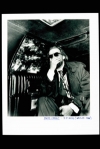

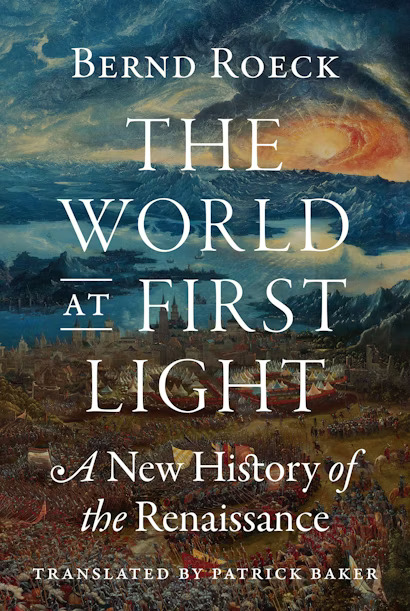
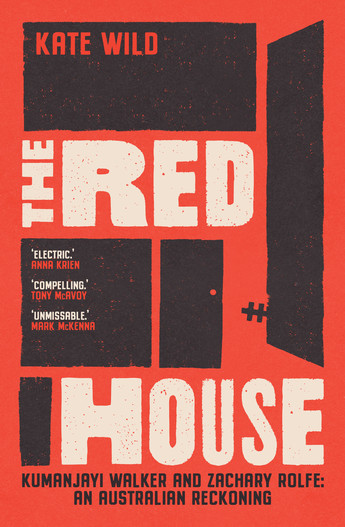
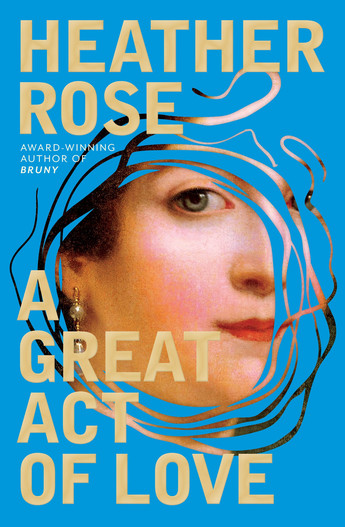
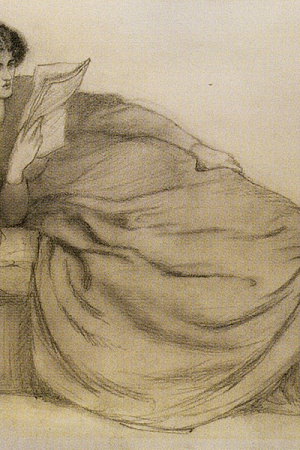
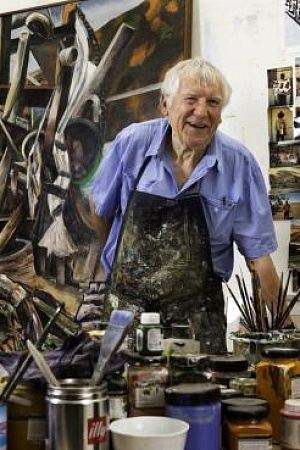
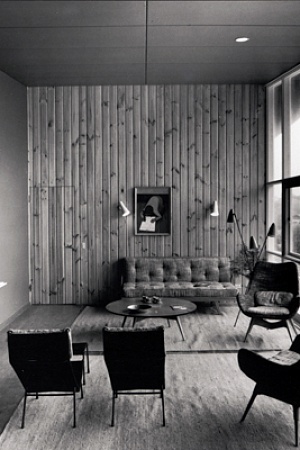
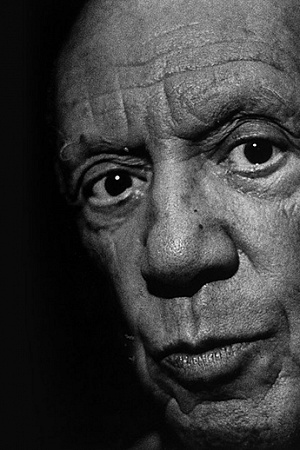
Leave a comment
If you are an ABR subscriber, you will need to sign in to post a comment.
If you have forgotten your sign in details, or if you receive an error message when trying to submit your comment, please email your comment (and the name of the article to which it relates) to ABR Comments. We will review your comment and, subject to approval, we will post it under your name.
Please note that all comments must be approved by ABR and comply with our Terms & Conditions.